Teddy Bear Sunflower
- March 22, 2024
- 0 comment
The Teddy Bear Sunflower, scientifically known as Helianthus annuus ‘Teddy Bear’, is a charming and popular variety of sunflower celebrated for its resemblance to a soft, huggable stuffed toy. This sunflower cultivar stands out with its extra-large, double, golden blooms that attract bees, butterflies, and birds to the garden. It is a versatile plant that can be grown in various settings, from vegetable gardens to decorative borders and patio pots.

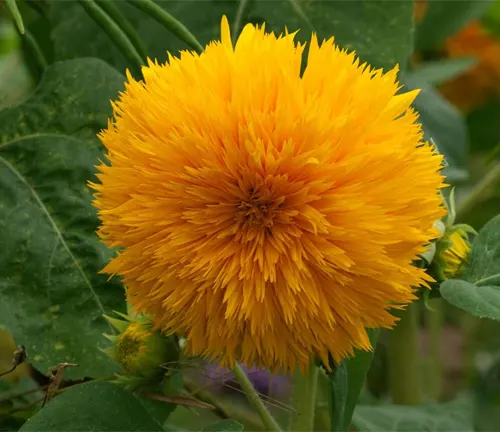
The ‘Teddy Bear’ sunflower is an annual plant that grows on sturdy stems with broad, dark green leaves. It is relatively resistant to pests and diseases, making it a low-maintenance option for gardeners. Additionally, the flower petals and seeds of this sunflower are edible, and the blooms make a great addition to vases and bouquets, lasting between six to 12 days when cut at the right time.
Characteristics of Teddy Bear Sunflower
| Characteristics | Description |
| Scientific Name | Helianthus annuus ‘Teddy Bear’ |
| Common Names | Teddy Bear Sunflower |
| Family | Asteraceae |
| Native Region | North America |
| Plant Type | Annual |
| Size | Typically grows to a height of 18-24 inches |
| Leaves | Broad, coarsely toothed, and rough-textured |
| Flowers | Double, golden-yellow, fluffy, and resemble the shape of a teddy bear |
| Propagation | The Teddy Bear Sunflower can be easily grown from seed, making it a favorite among gardeners and horticulturists. |
| Drought Tolerance | This sunflower variety exhibits good drought tolerance, making it suitable for arid and semi-arid regions. |
| Cultural Uses | The Teddy Bear Sunflower is often used in ornamental gardening, landscaping, and floral arrangements due to its unique appearance and compact size. |
| Ecological Role | In its natural habitat, this sunflower variety provides a food source for pollinators and wildlife, contributing to the ecological balance of its ecosystem. |
| Notable Species | While the ‘Teddy Bear’ variety is unique, other sunflowers like ‘Giant’ and ‘Russian Mammoth’ offer different aesthetics for gardeners. |
| Hardiness Zones | They thrive best in USDA zones 2-11, showcasing their adaptability |
| Growth Rate | The Teddy Bear Sunflower exhibits a moderate growth rate, making it ideal for both amateur and experienced gardeners. |
| Lifespan | As an annual plant, the Teddy Bear Sunflower completes its life cycle within a year, germinating, flowering, and producing seeds before perishing |
Botanical Beauty of “Teddy Bear Sunflower”
The Teddy Bear Sunflower, scientifically known as Helianthus annuus ‘Teddy Bear’, is a captivating sunflower variety cherished for its dense, golden petals and compact growth habit. Its charming appearance sets it apart from the more common sunflower types, making it a sought-after choice for gardeners seeking a distinctive touch in their landscapes. This sunflower’s unique texture and form bring a delightful burst of botanical beauty to any garden or floral arrangement, adding a touch of whimsy and charm to the surroundings.
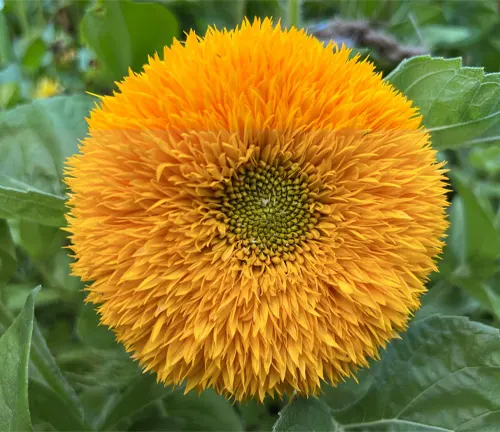
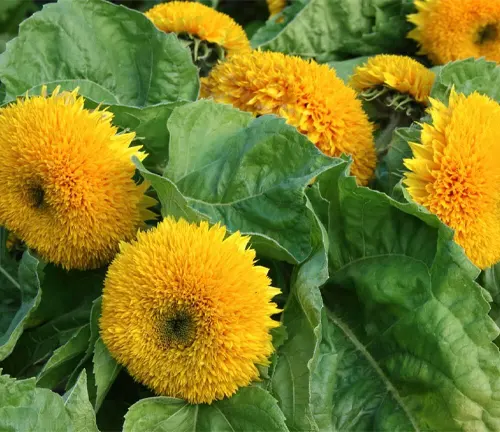
Woodland Elegance
The Teddy Bear Sunflower, with its fluffy teddy bear-like appearance, introduces a charming woodland elegance to gardens and landscapes. This sunflower’s distinctive look, reminiscent of a cuddly toy, brings a whimsical and enchanting element to outdoor spaces, creating a delightful focal point that captures the imagination of onlookers. Its unique blend of nature-inspired charm and playful allure makes it a standout choice for those seeking to infuse their surroundings with a touch of magical woodland beauty.
Ecological Importance
The Teddy Bear Sunflower not only captivates with its beauty but also serves a vital ecological function by offering a food source for essential pollinators like bees, butterflies, and birds. By attracting these beneficial creatures, this sunflower variety actively contributes to promoting biodiversity and supporting the health of ecosystems. Its role in sustaining pollinator populations highlights the interconnectedness of plant life and wildlife, making it a valuable addition to any garden seeking to nurture a thriving and balanced natural environment.

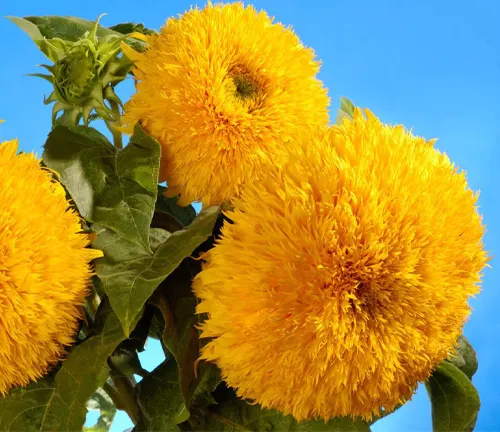
Cultivation and Conservation
The Teddy Bear Sunflower’s straightforward cultivation and ability to thrive in various conditions make it a valuable asset in conservation endeavors, especially for rejuvenating ecosystems that have been disrupted or damaged. By planting this sunflower variety in restoration projects, individuals can actively contribute to the recovery and preservation of biodiversity, playing a role in the regeneration of healthy and balanced natural environments.
Fragrance
The Teddy Bear Sunflower may not be renowned for its fragrance, but its visual allure more than makes up for this absence of scent. This sunflower variety captivates with its fluffy, golden blooms that resemble a cuddly teddy bear, adding a charming and whimsical touch to any garden or floral display. While some flowers rely on fragrance to attract pollinators, the ‘Teddy Bear’ sunflower relies on its vibrant color and unique appearance to draw in bees, butterflies, and birds, showcasing how visual appeal can be just as enticing as a fragrant aroma in the natural world.
Gardeners and flower enthusiasts who appreciate the beauty of sunflowers can delight in the Teddy Bear Sunflower’s cheerful presence, even without a strong scent. Its fluffy petals and compact size make it a versatile and eye-catching addition to gardens, providing a delightful focal point that brightens up any outdoor space. Whether planted in borders, containers or as part of a wildflower meadow, the ‘Teddy Bear’ sunflower’s charming aesthetics and ecological value make it a valuable and enchanting choice for those looking to add a touch of whimsy and beauty to their surroundings.
Soil Stabilization
The Teddy Bear Sunflower, with its robust root system, plays a significant role in soil stabilization, especially in regions susceptible to erosion. The extensive and deep-reaching roots of this sunflower variety help bind the soil together, reducing the risk of erosion caused by wind or water. By anchoring the soil effectively, the ‘Teddy Bear’ sunflower contributes to maintaining soil structure, preventing sediment runoff, and promoting overall soil health in vulnerable landscapes.
Gardeners and conservationists looking to address soil erosion issues can benefit from incorporating the Teddy Bear Sunflower into their planting schemes. Not only does this sunflower add a touch of beauty to the environment, but it also actively works to stabilize the soil, making it a practical and eco-friendly solution for areas in need of erosion control.
By harnessing the soil-stabilizing properties of the ‘Teddy Bear’ sunflower, individuals can enhance the resilience of landscapes, protect valuable topsoil, and contribute to the long-term sustainability of the ecosystem.
Common Uses
Beyond its decorative appeal, the Teddy Bear Sunflower offers more than just visual charm; it is also prized for its edible seeds and oil, making it a versatile plant with agricultural and culinary significance. The nutritious seeds of this sunflower variety can be enjoyed as a healthy snack or incorporated into various dishes, while the oil extracted from the seeds adds a flavorful and nutritious element to cooking and baking.
By exploring the culinary potential of the ‘Teddy Bear’ sunflower, individuals can not only enhance their gardens with a touch of practicality but also savor the benefits of its edible offerings, showcasing the plant’s multifaceted appeal beyond its ornamental role.
Benefits
Growing Teddy Bear Sunflowers offers a range of benefits, from enhancing the beauty of landscapes to supporting local wildlife and providing a nutritious food source through its seeds. These sunflowers not only add visual appeal with their charming blooms but also attract beneficial pollinators like bees and butterflies, contributing to ecosystem health.
Additionally, harvesting the seeds for consumption adds a practical dimension to gardening, offering a source of nutrition and culinary versatility. By cultivating Teddy Bear Sunflowers, individuals can create vibrant, wildlife-friendly gardens while enjoying the rewards of both aesthetic pleasure and edible bounty.
Different Species
Helianthus Annuus ‘Autumn Beauty’
Known for its mix of warm, autumnal colors, ranging from deep red to orange and yellow.


Helianthus Annuus ‘Mammoth’
A towering variety that can reach heights of up to 12 feet, with large, single-petaled blooms.
Helianthus Annuus ‘Sunspot’
A dwarf variety similar to ‘Teddy Bear’ but with single-layered petals and a large central disk.
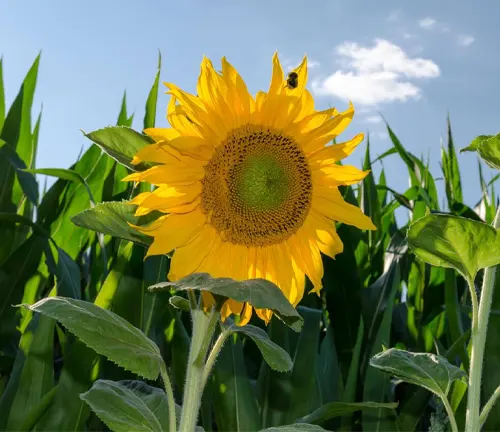
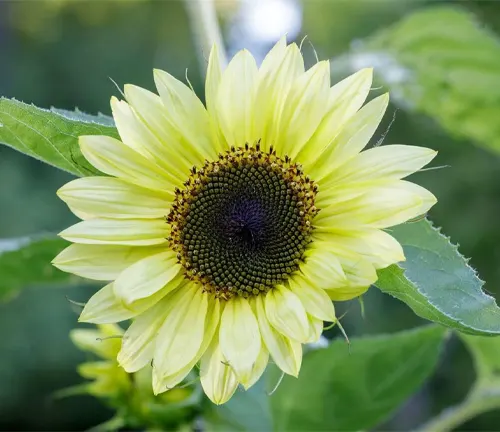
Helianthus Annuus ‘Lemon Queen’
Features pale yellow, almost lemon-colored petals with a dark center, offering a softer look compared to the vibrant ‘Teddy Bear’.
Helianthus Debilis ‘Beach Sunflower’
A different species known for its tolerance to salt and sandy soils, often found in coastal areas.

Frequently Asked Questions (FAQs)
1. What is Jack In The Pulpit?
Jack In The Pulpit (Arisaema triphyllum) is a perennial woodland plant native to eastern North America. It’s known for its unique floral structure, a spadix (Jack) encased by a spathe (pulpit), and its ability to change gender from male to hermaphroditic as it matures.
2. Where can Jack In The Pulpit be found?
It thrives in moist, shaded woodlands, often along creeks or in forests across eastern North America. Its preferred habitat includes rich, well-drained soil in part to full shade.
3. How does Jack In The Pulpit reproduce?
Jack In The Pulpit primarily reproduces through corm division and seed propagation. It starts as a male plant and can become hermaphroditic over time, allowing for self-pollination or cross-pollination by attracting flies and gnats.
4. Is Jack In The Pulpit toxic?
Yes, all parts of the plant contain calcium oxalate crystals, making it toxic if ingested. The plant uses this as a defense mechanism to deter wildlife from consuming it.
5. Can Jack In The Pulpit be used in gardens?
Absolutely, Jack In The Pulpit makes a captivating addition to shade or woodland gardens due to its unique appearance and ecological benefits. It should be planted in moist, organic-rich soil and kept in shaded areas to mimic its natural habitat.
6. What ecological role does Jack In The Pulpit play?
It provides food for pollinators like flies and gnats during its flowering period. Additionally, the bright red berries it produces are a food source for birds and small mammals, contributing to local biodiversity.
7. How does Jack In The Pulpit contribute to soil stabilization?
Its extensive root system helps anchor soil, reducing erosion in its native woodland habitats. This makes it beneficial for ecological restoration projects and natural landscaping.
8. Are there any medicinal uses for Jack In The Pulpit?
Historically, Native Americans used the plant for medicinal purposes, including treatments for sore eyes and respiratory issues. However, due to its toxicity, it should be handled with care and used for medicinal purposes only under expert guidance.
9. What is the lifespan of a Jack In The Pulpit plant?
Jack In The Pulpit is a long-lived perennial. With the right conditions and care, it can survive and thrive in a garden or natural setting for many years, contributing to the ecosystem throughout its life.
10. Are there different species of Jack In The Pulpit?
Yes, the Arisaema genus includes several species, such as Arisaema dracontium (Green Dragon) and Arisaema sikokianum (Japanese Cobra Lily), each with unique characteristics. These species vary in appearance but share similar ecological roles and cultural significances.


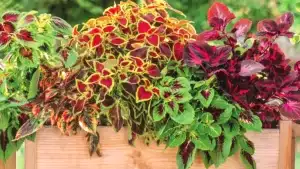
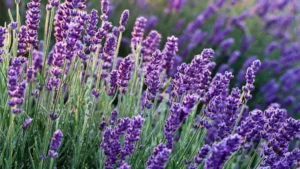
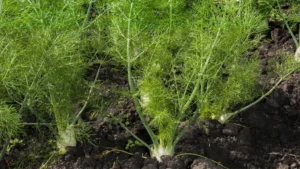
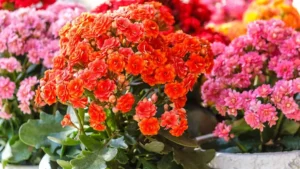
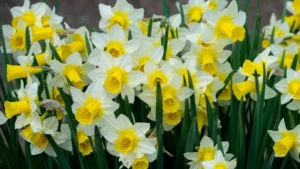

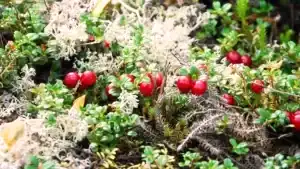
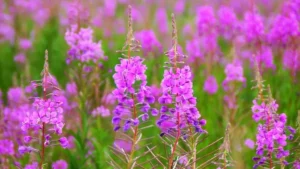
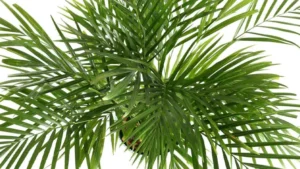
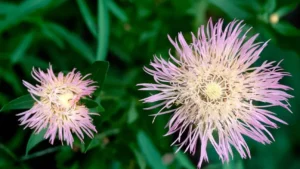
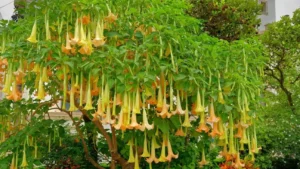

Leave your comment